24 Wild Animals in Vietnam [Wildlife in Vietnam]
Want to know more about the wildlife in Vietnam?
Discover 18 wild animals in Vietnam in this post, as well as interesting facts about them.
Learn All About Vietnamese Animals
Ready to learn all about Vietnamese animals?
I’ve always been fascinated by animals, and by how they can be so different from one country to another. In this guide, we’ll focus on the many animals Vietnam has on the land, in the sky, and underwater.
I’ve split the guide into 4 categories:
- Native animals from Vietnam
- Endangered animals of Vietnam
- What is the national animal of Vietnam?
- How many animals native to Vietnam?
Let’s dive in right away with our first category!
Native Animals from Vietnam
Vietnam is an Asian country located in the southeastern part of the continent, west of the South China Sea. It is the fifteenth-most populous country in the world with about 96 million inhabitants, went through lots of wars throughout the 20th century, is a developing country, and used to be a French colony. It is bordered by China, Cambodia, and Laos, and although its largest city is Ho Chi Minh City, its capital is Hanoi, which counts more than 4,062,000 inhabitants (but more than 19,795,000 if you include the metropolitan area).
An interesting part of the country that I wanted to tackle is its wildlife. In light of that, I have listed the best of it, and I hope you will love learning what animals live in Vietnam.
Here’s the Vietnam animals list.
1. Saola
- Name: Saola
- Scientific name: Pseudoryx nghetinhensis
- Conservation status:
The saola, also known as the Vu Quang bovid, the Asian unicorn, or the spindlehorn, is one of the world’s rarest large mammals. It was discovered in 1992 in Vietnam and inhabits the forests of the country.
Due to habitat fragmentation and loss, the saola is on the brink of extinction. It also suffers from overhunting and the illegal wildlife trade, as well as snares. This species is particularly difficult to study, but it is for sure about to disappear if nothing is done.
2. Giant muntjac
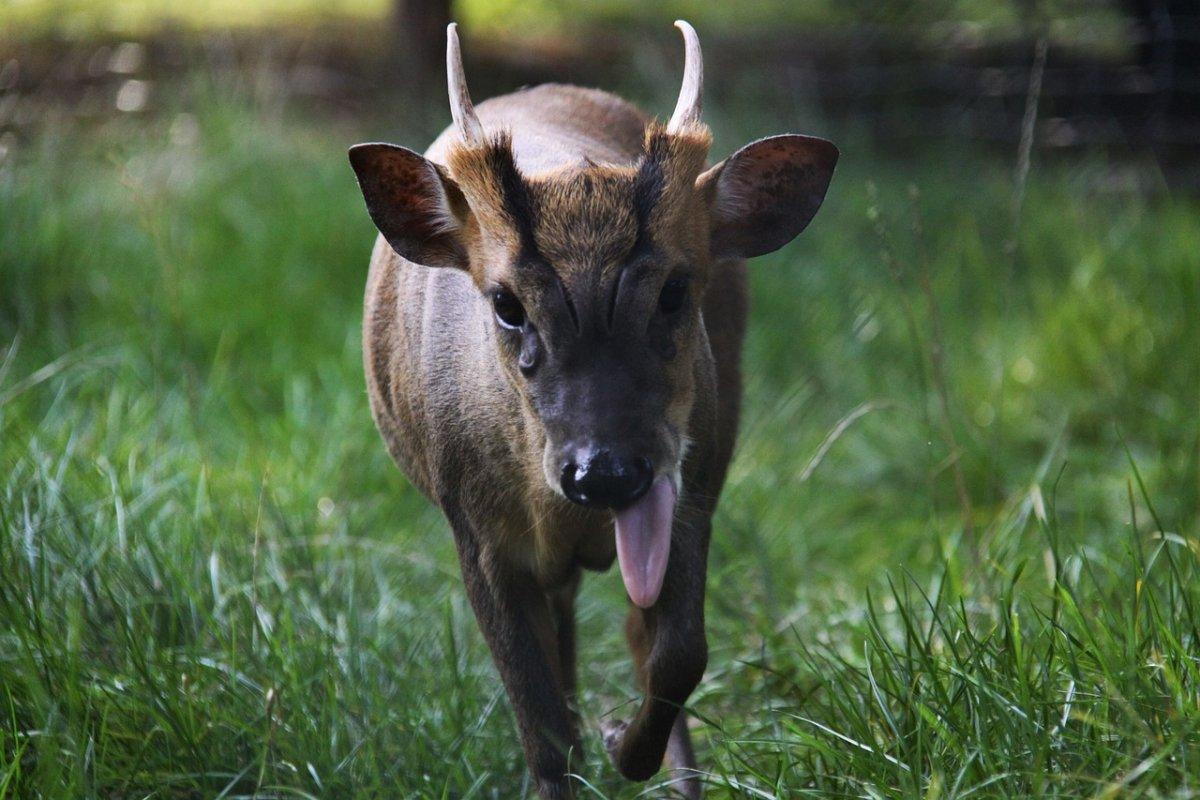
- Name: Giant muntjac
- Scientific name: Muntiacus vuquangensis
- Conservation status:
The giant muntjac, also known as the large-antlered muntjac, is another very rare mammal found in Vietnam. It is the largest muntjac species and was only discovered in 1994 in Vietnam and neighboring Laos.
Not much is known about this animal, but during the inundation of the Nakai Reservoir in Laos, 38 specimens were captured and studied before being released once more into the wild. They inhabit the evergreen forests of Vietnam and have a red-brown coat.
3. Gray-shanked douc
- Name: Gray-shanked douc
- Scientific name: Pygathrix cinerea
- Conservation status:
The gray-shanked douc langur is a species of monkey native to several Vietnamese provinces. Only about 1,000 individuals remain in the wild, and they are all threatened by hunting and habitat loss. Because of this, multiple rehabilitation centers were created in the country.
This monkey is primarily arboreal and is active by day. While it used to gather in groups of up to 50 members, these gatherings are now only made of 4 to 15 langurs.
4. Vietnamese Javan rhino
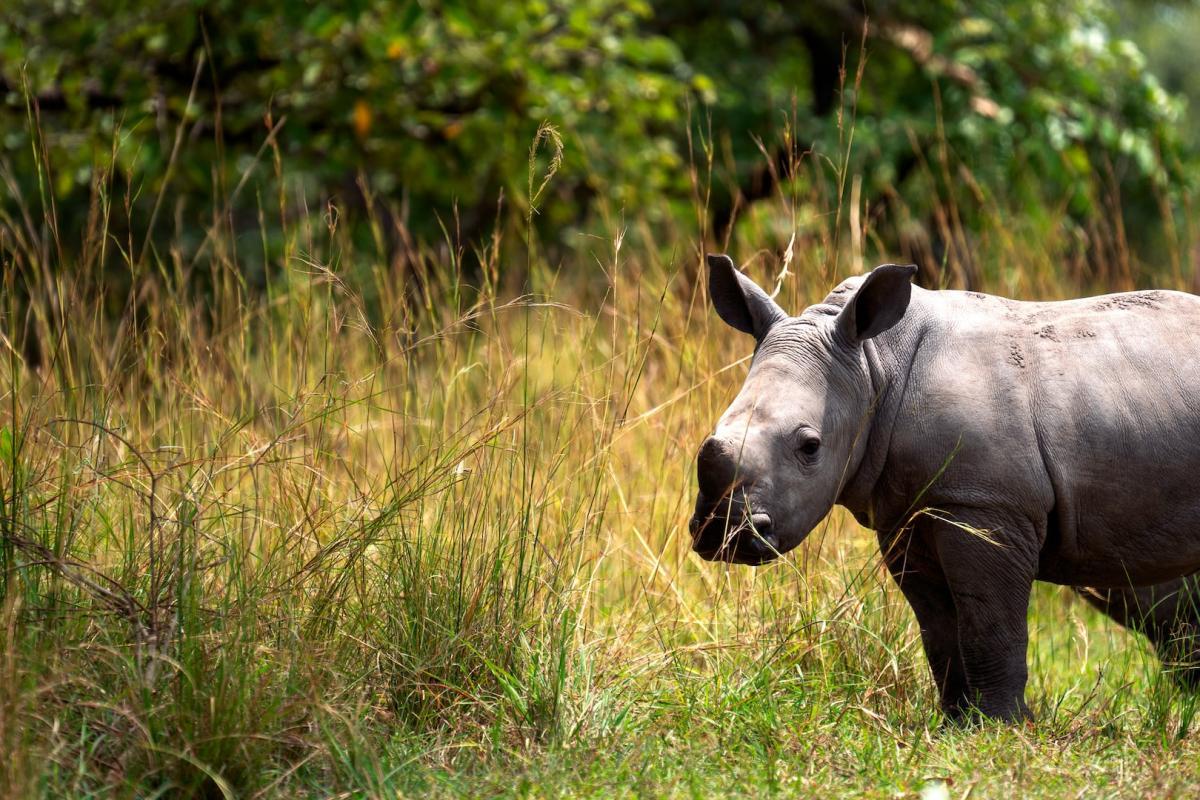
- Name: Vietnamese Javan rhino
- Scientific name: Rhinoceros sondaicus annamiticus
- Conservation status:
The Vietnamese Javan rhino, also known as the Indo-Chinese Javan rhino, is a critically endangered but possibly extinct subspecies of the Javan rhinoceros. It used to be found in Laos, Thailand, Cambodia, and Malaysia, and might still survive in Vietnam.
The only known population was found in Vietnam in 2006, and there were 12 individuals. Sadly, the last of them was shot only 4 years later by poachers, and this animal is now most likely extinct.
5. Indochinese tiger
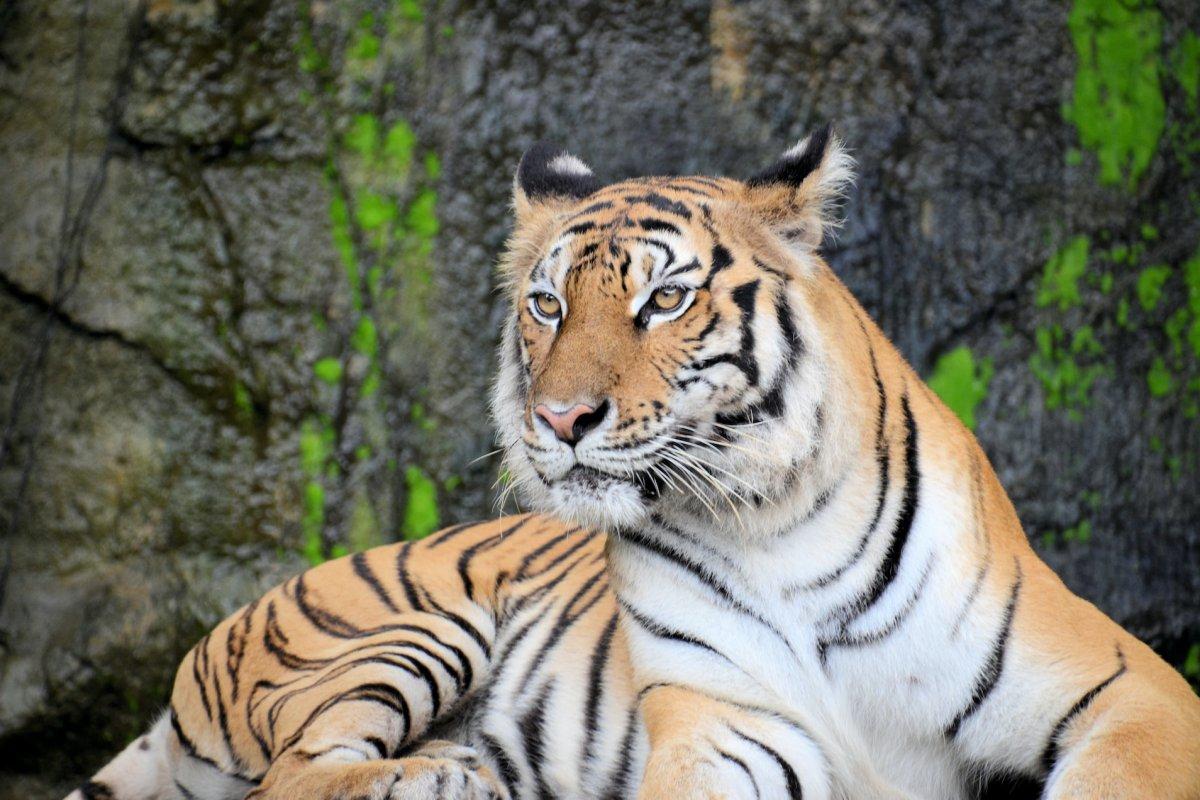
- Name: Indochinese tiger
- Scientific name: Panthera tigris tigris
- Conservation status:
The Indochinese tiger is a subspecies of the mainland Asian tiger found in Laos, Thailand, Myanmar, and Vietnam. The last number estimate dates back to 2011, and there are fewer than 350 individuals left, the vast majority of them being located in Thailand, while there are only 20 of them in Vietnam.
This tiger used to be found throughout the mountains of Vietnam, but might now be locally extinct already.
6. Indian elephant
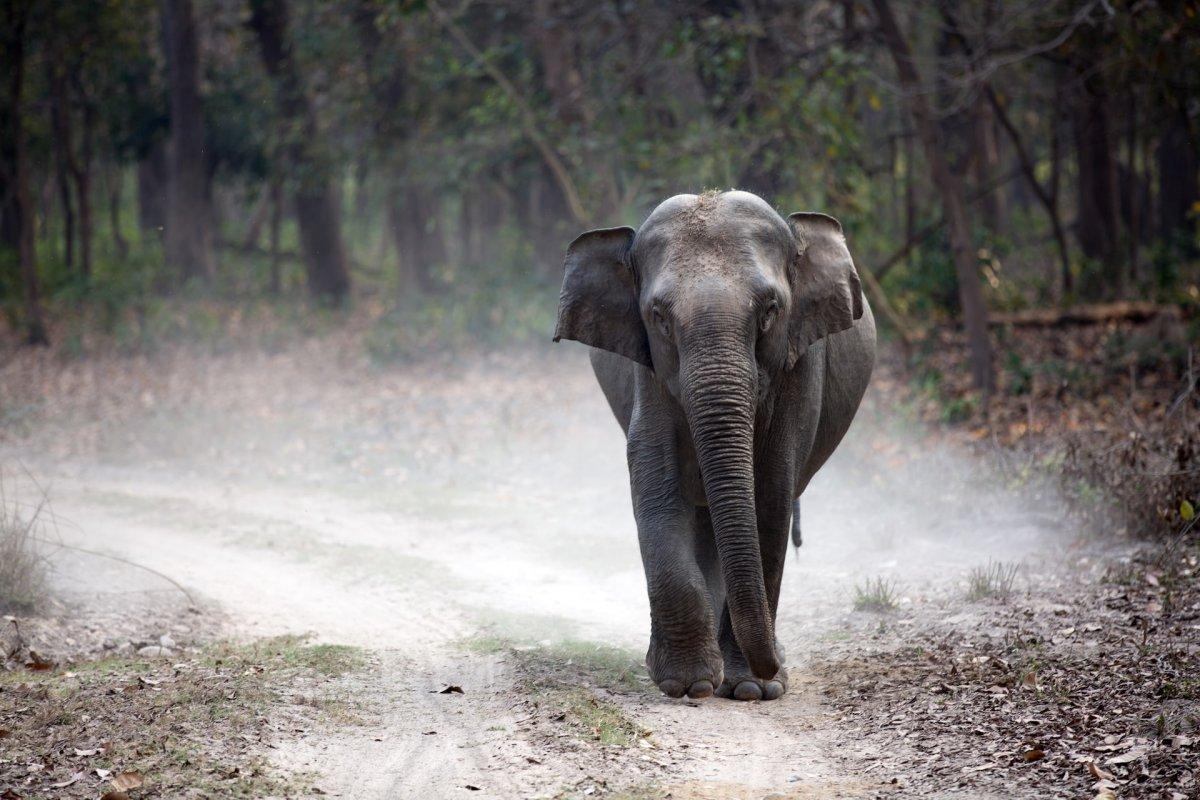
- Name: Indian elephant
- Scientific name: Elephas maximus indicus
- Conservation status:
The Indian elephant is one of three subspecies of the Asian elephant, and it is native to mainland Asia. Its population has declined by half since the 1930s, mostly due to habitat fragmentation and loss.
This large mammal inhabits the dry deciduous, semi-evergreen, and evergreen forests and grasslands of Vietnam, and there are 70 to 150 individuals left in the country. It can eat up to 150 kg / 330 lb of plant matter every day.
7. Clouded leopard
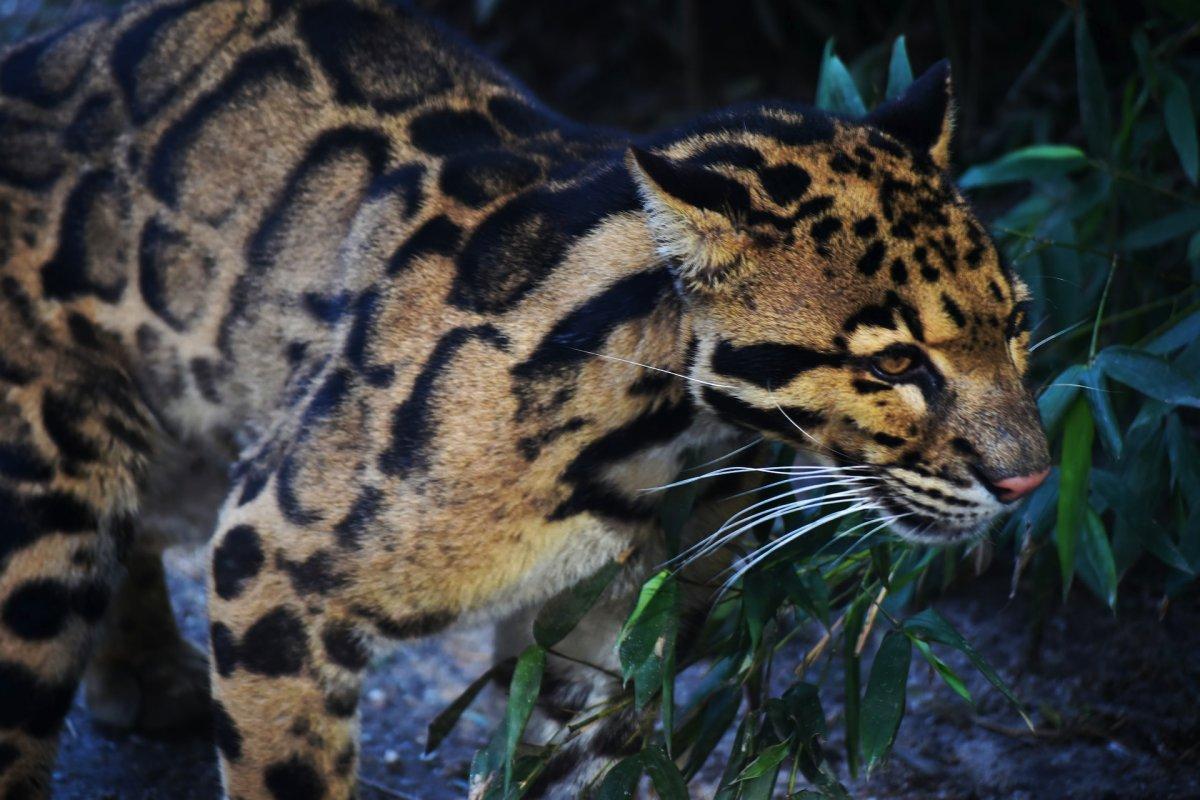
- Name: Clouded leopard
- Scientific name: Neofelis nebulosa
- Conservation status:
The clouded leopard, also known as the mainland clouded leopard, is a species of wild cat native to the dense forests of southeastern Asia, and as far west as the Himalayas. Its population is on a decreasing trend, and fewer than 10,000 individuals remain.
Although forbidden, there are still quite a few markets selling clouded leopard products in countries such as Vietnam, Myanmar, and Indonesia.
8. Water buffalo
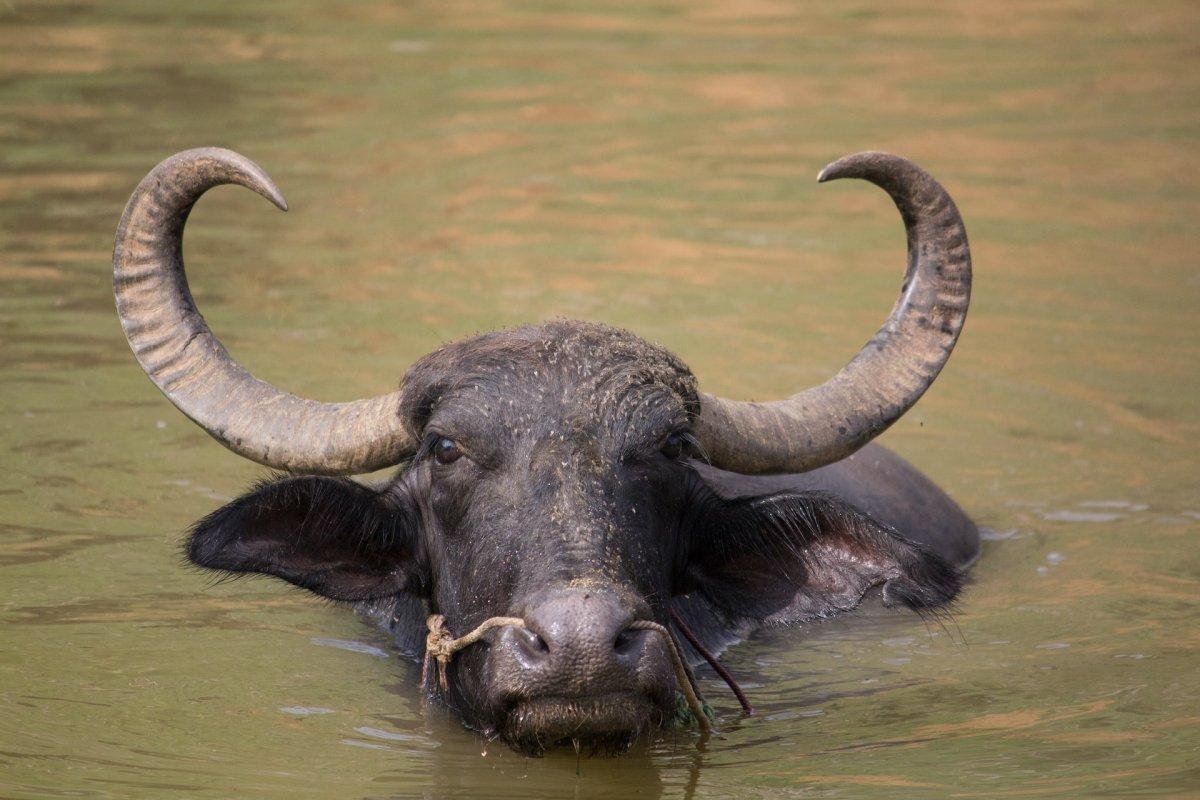
- Name: Water buffalo
- Scientific name: Bubalus bubalis
- Conservation status:
The water buffalo, also known as the domestic water buffalo or the Asian water buffalo, is the most important Vietnamese animal (but also in many other countries) and is the national emblem of the country. It has been used for thousands of years for agricultural purposes and produces unique milk.
There are more than 3 million water buffalos in Vietnam, and almost 23 million in China!
9. Indo-Pacific humpback dolphin
- Name: Indo-Pacific humpback dolphin
- Scientific name: Sousa chinensis
- Conservation status:
The Indo-Pacific humpback dolphin, also known as the Chinese white dolphin, is a species of humpback dolphin that can be found in the coastal waters of the western Pacific and the eastern Indian Oceans. It lives in multiple areas of Vietnam, including Xuân Thủy National Park and Hòn Dáu Island.
This dolphin seriously suffers from water and plastic pollution and is accordingly considered vulnerable to extinction.
10. Asian giant softshell turtle
- Name: Asian giant softshell turtle
- Scientific name: Pelochelys cantorii
- Conservation status:
The Asian giant softshell turtle, also known as the frog-faced softshell turtle or Cantor’s giant softshell turtle, is a large species of freshwater turtle native to southeastern Asia. It disappeared from much of its former range during the 20th century and is now on the brink of extinction.
Despite its considerable size which makes it look very clumsy, this turtle is carnivorous. It is an ambush predator that feeds on fish, mollusks, and crustaceans.
11. Asian water monitor
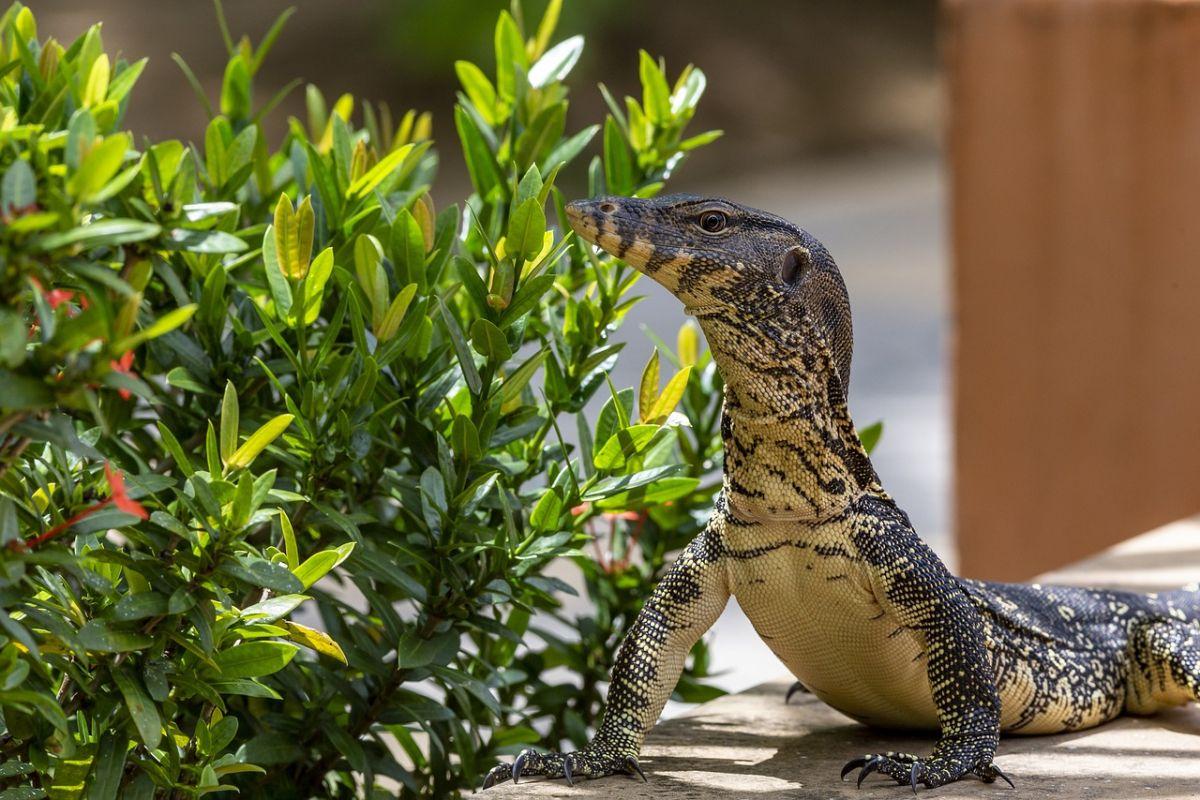
- Name: Asian water monitor
- Scientific name: Varanus salvator
- Conservation status:
The Asian water monitor, also known as the common water monitor, the two-banded monitor, the ring lizard, or the no-mark lizard, is a large species of varanid native to southern and southeastern Asia. It is one of the most common and widespread monitors in Asia, being found from Sri Lanka and India to Indonesia and Vietnam.
This reptile lives in swamps, wetlands, and mangrove vegetation, at elevations below 1,000 m / 3,300 ft.
12. King cobra
- Name: King cobra
- Scientific name: Ophiophagus hannah
- Conservation status:
The king cobra is arguably the most famous snake in the world. It is venomous and endemic to the jungles of southern and southeastern Asia. Just like most cobras, it is known for its tendency to display its neck flap when threatened, but despite its fearsome reputation, it usually avoids conflicts with humans.
This cobra is protected in Vietnam. It has potent venom and can strike from a long-range, even well above the ground.
13. Gaur
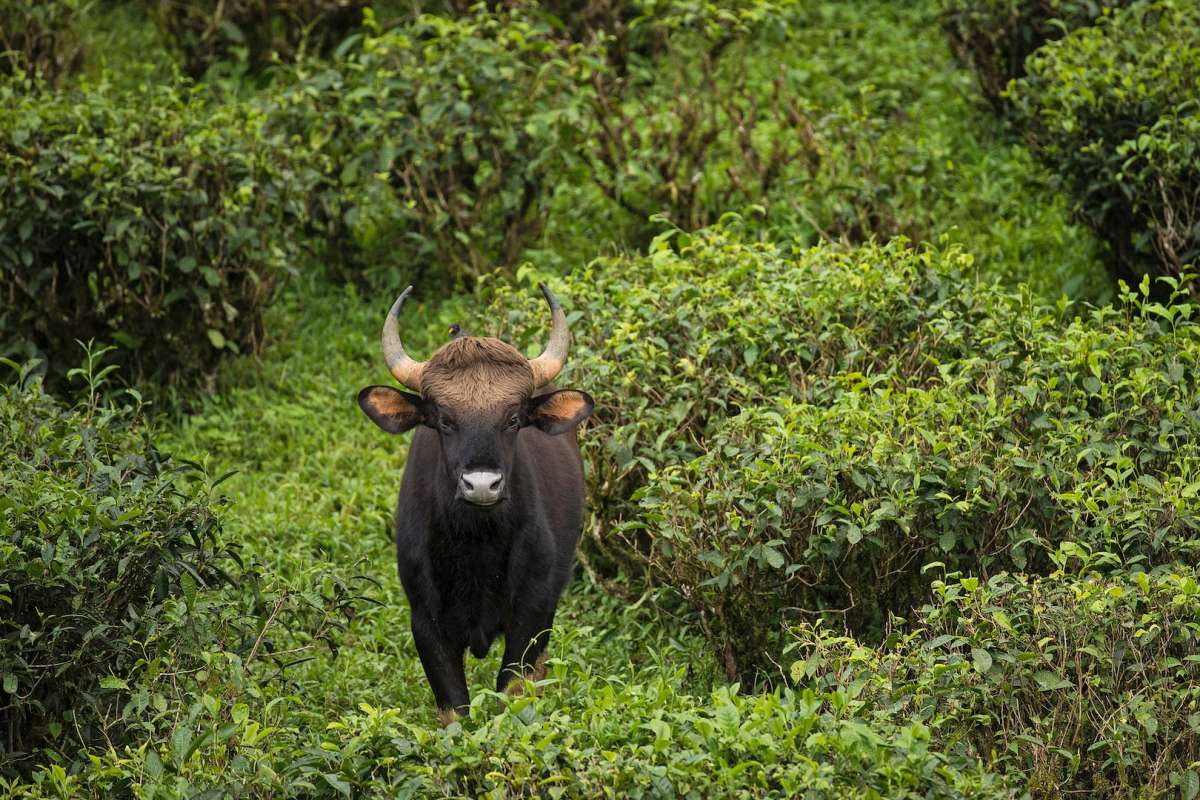
- Name: Gaur
- Scientific name: Bos gaurus
- Conservation status:
The gaur, also known as the Indian bison, is the largest bovid and wild cattle in the world. It is incredibly bulky and is native to southern and southeastern Asia. Although there are 21,000 mature individuals left in the wild, their population has declined by more than 70 percent during the last 3 generations, mainly due to poaching and hunting for home consumption.
The main gaur herds in Vietnam are located in Cát Tiên National Park.
14. Siamese crocodile
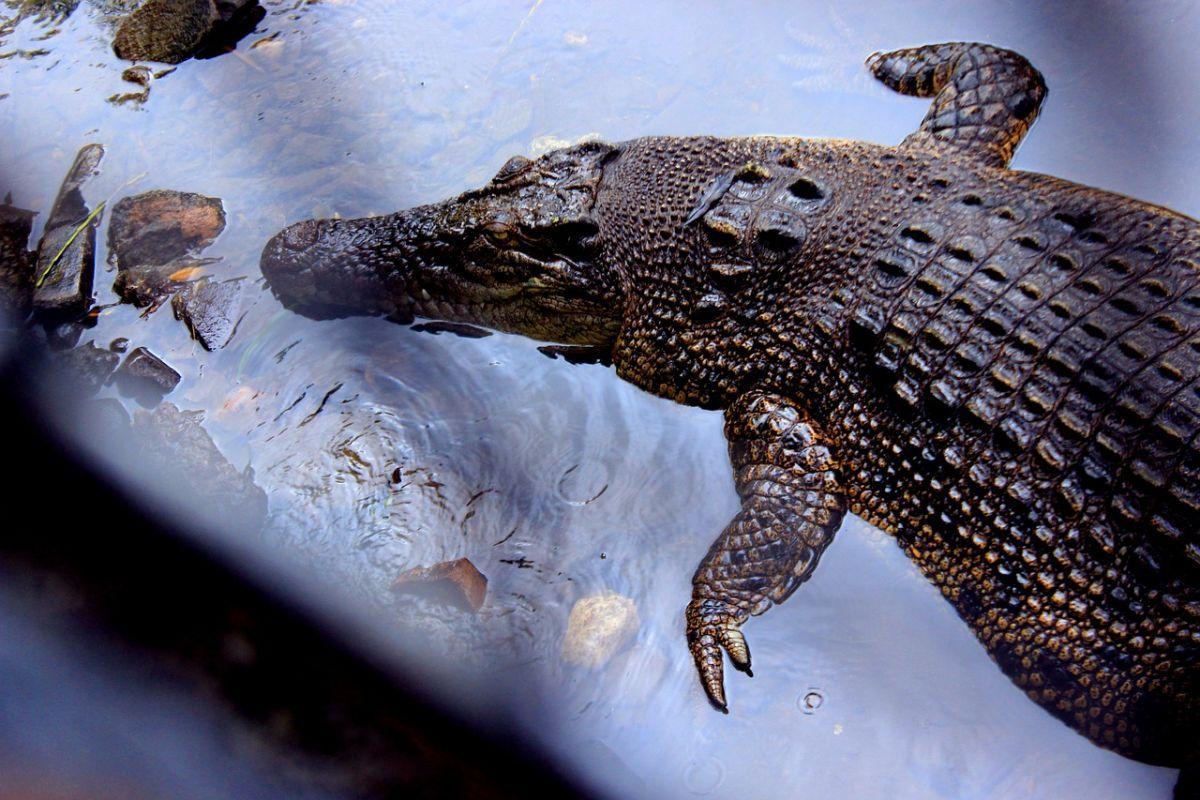
- Name: Siamese crocodile
- Scientific name: Crocodylus siamensis
- Conservation status:
The Siamese crocodile is a medium-sized species of freshwater crocodile native to Vietnam, Thailand, Indonesia, Cambodia, and Laos, among other countries. Nowadays, it can only be found within Cát Tiên National Park but used to be much more widespread in Vietnam.
This reptile inhabits streams, lakes, and rivers, and feeds on fish and snakes, as well as small mammals and amphibians. It lays down 15 to 50 eggs in captivity, and the female carries the offspring to the water in her jaws.
15. Binturong
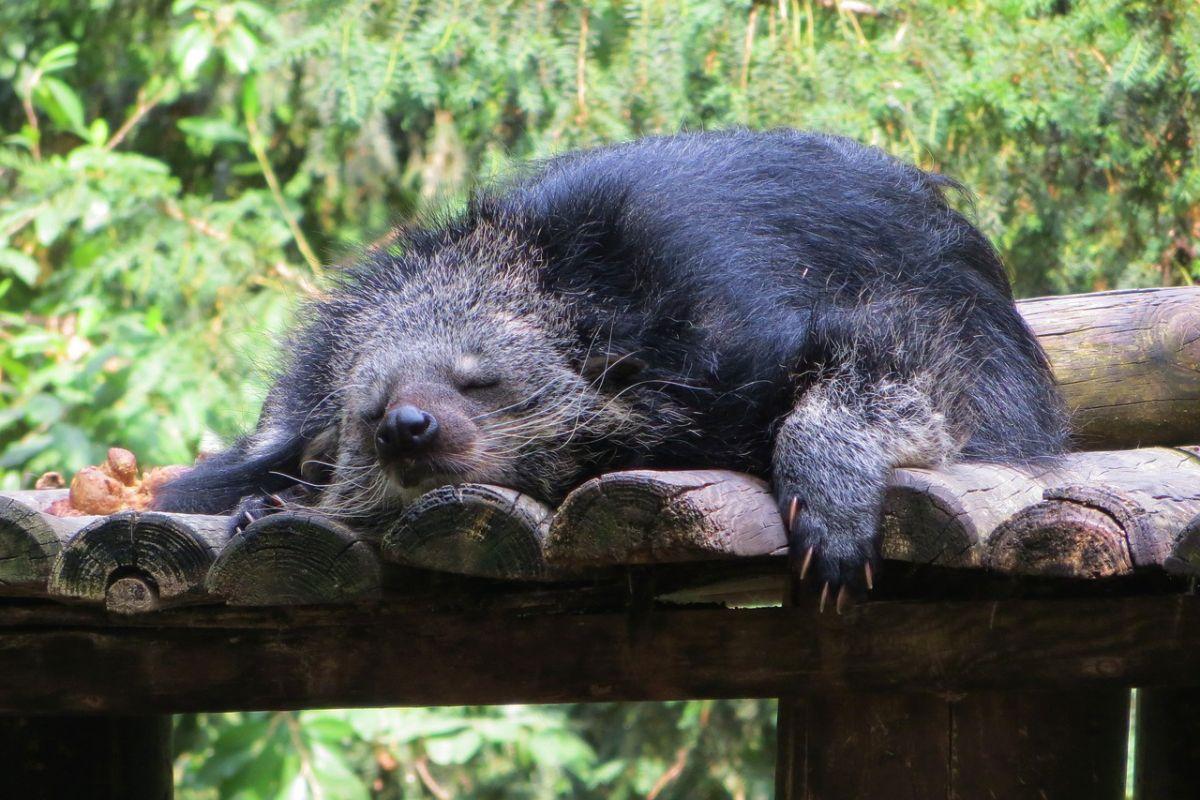
- Name: Binturong
- Scientific name: Arctictis binturong
- Conservation status:
The binturong, also known as the bearcat, is a species of viverrid native to southern and southeastern Asia. Its alternative name comes from the fact that it physically looks like a bear and cat hybrid, and it is a pretty uncommon animal, with a declining population over most of its range.
This mammal is often traded as a food item in Vietnam and is considered a delicacy in Laos.
16. Tonkin snub-nosed monkey
- Name: Tonkin snub-nosed monkey
- Scientific name: Rhinopithecus avunculus
- Conservation status:
The Tonkin snub-nosed monkey, also known as the Dollman’s snub-nosed monkey, is a species of Old World monkey endemic to northern Vietnam. It has a slender body and is mainly arboreal, and can be found at altitudes between 200 and 1,200 m / 700 and 3,900 ft above sea level.
This primate is the subject of serious and intense conservation efforts, as fewer than 250 individuals remain, all of which are threatened by hunting and habitat loss.
17. Sun bear
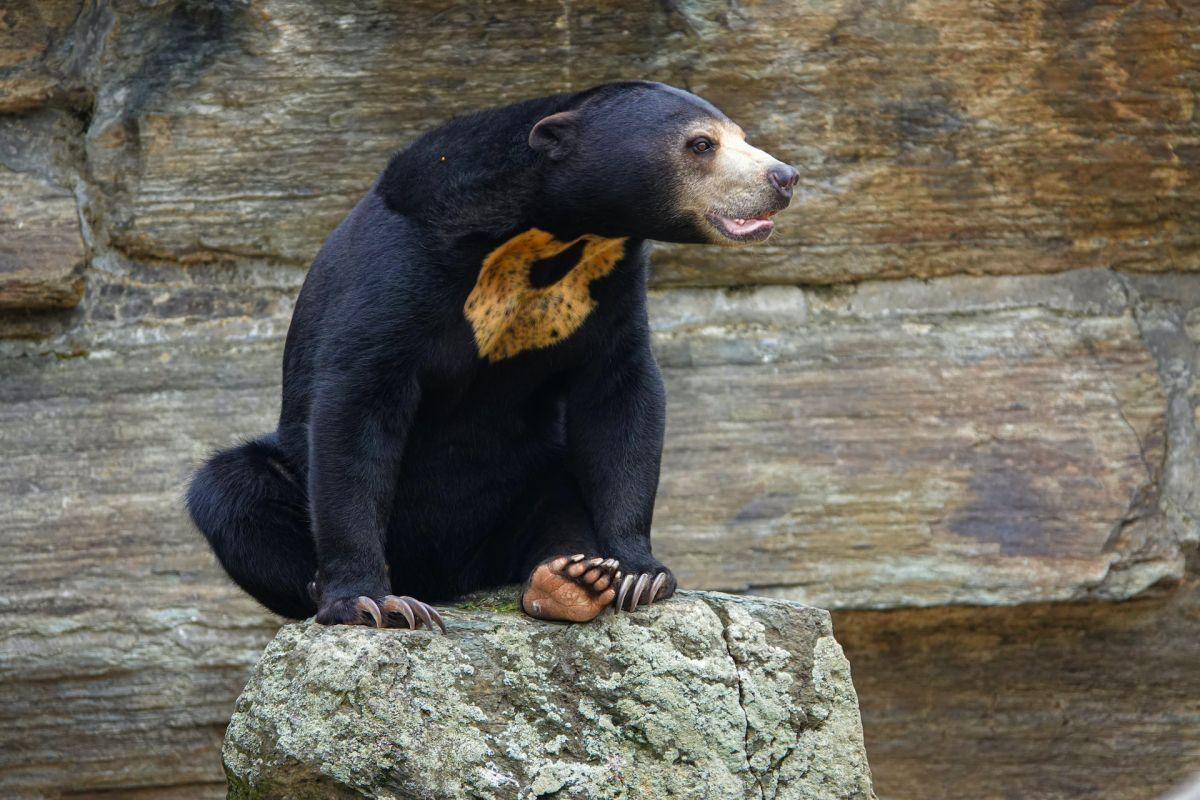
- Name: Sun bear
- Scientific name: Helarctos malayanus
- Conservation status:
The sun bear is a species of bear native to southeastern Asia. It is the smallest bear in the world, standing at only 70 cm / 28 in height, but it is still stockily built and has large paws and claws.
This bear is pretty unique, being the most arboreal of all, and often spending time in tree branches, either sunbathing or sleeping, well above the ground (up to 7 m / 23 ft).
18. Marbled cat
- Name: Marbled cat
- Scientific name: Pardofelis marmorata
- Conservation status:
The marbled cat is a small species of wild cat native to Asia, from the eastern Himalayas to Southeast Asia, where it lives in forests at altitudes of up to 2,500 m / 8,200 ft above sea level. It is closely related to the bay cat and the Asian golden cat, which you might have already heard of.
No information about the possible protection of this cat is known in Vietnam and Cambodia.
19. Crab-eating macaque
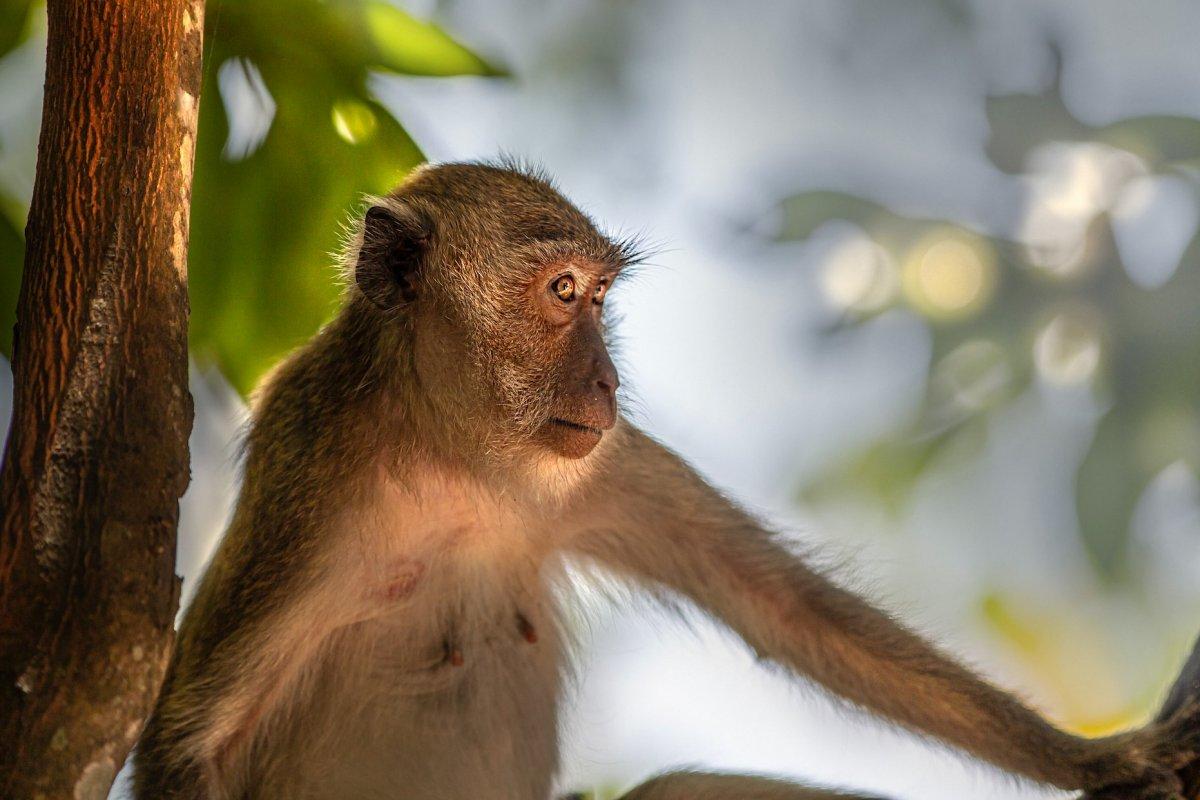
- Name: Crab-eating macaque
- Scientific name: Macaca fascicularis
- Conservation status:
The crab-eating macaque, also known as the cynomolgus monkey or the long-tailed macaque, is a species of primate native to southeastern Asia. It has had a long history of interaction with humans, sometimes seen as a sacred animal, some others being the subject of medical experiments or an agricultural pest.
Aside from humans and rhesus macaques, the crab-eating macaque has the largest range of any primate, but it is still listed as vulnerable to extinction due to hunting and persecution.
20. Reticulated python
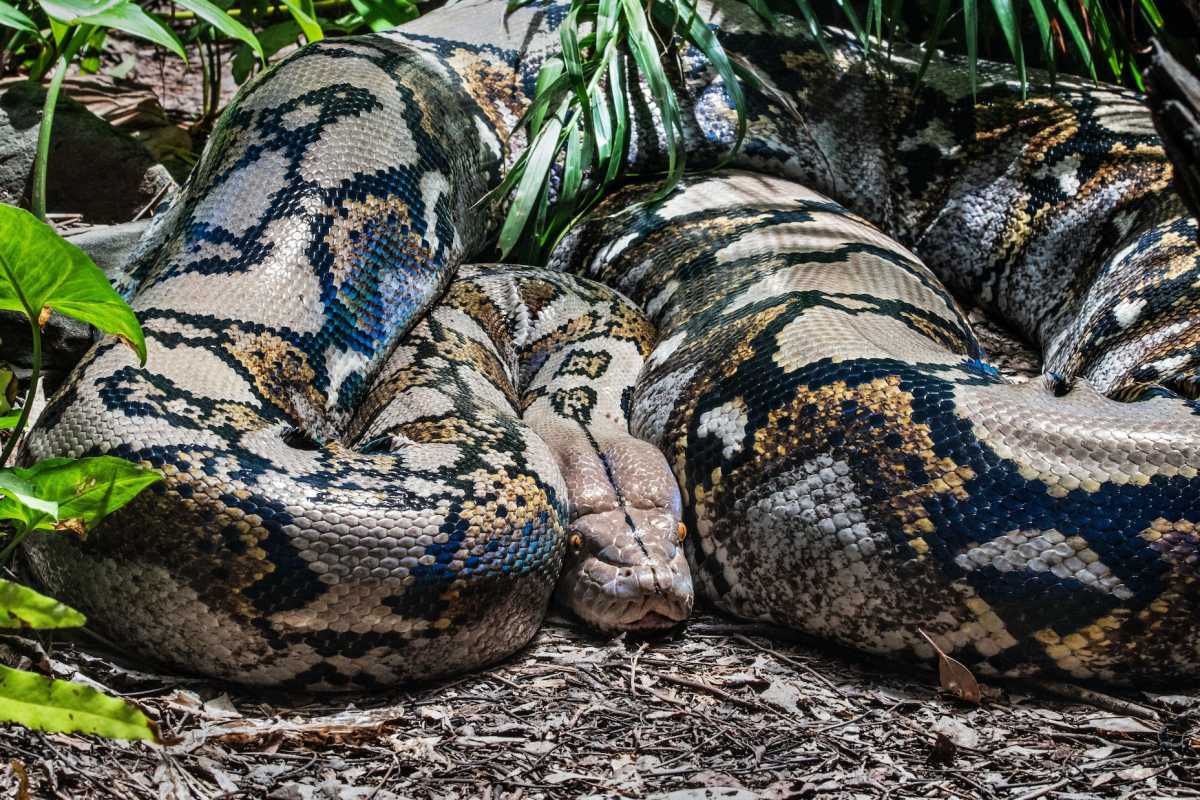
- Name: Reticulated python
- Scientific name: Malayopython reticulatus
- Conservation status:
The reticulated python is a species of python native to southern and southeastern Asia. It is the longest snake in the world, has a very wide distribution and large numbers, and is sometimes kept as a pet. The most popular pets are the albino and tiger variants.
Despite its impressive size, the reticulated python is not venomous. However, it is a powerful constrictor that has already killed and even eaten humans.
21. Giant ibis
- Name: Giant ibis
- Scientific name: Thaumatibis gigantea
- Conservation status:
The giant ibis is a species of ibis native to southeastern Asia. While its range used to be much wider, it is now confined to very small, restricted areas of Vietnam, Laos, and northern Cambodia.
This bird inhabits marshes, lakes, rivers, and flooded plains, usually in lowlands. It is the largest of the ibis and has a loud, ringing call. The main reasons for its decline are habitat loss due to deforestation, climate change, and hunting.
22. Pygmy slow loris
- Name: Pygmy slow loris
- Scientific name: Xanthonycticebus pygmaeus
- Conservation status:
The pygmy slow loris is a species of slow loris native to Vietnam, Laos, China, and eastern Cambodia. It inhabits a wide variety of forest habitats, such as evergreen and semi-evergreen forests and tropical dry forests. When it comes to feeding, it eats fruits, small fauna, tree sap, flower nectar, and insects.
Despite its innocent looks, this primate has a toxic bite, which it gets by licking a secretion from its toxic glands, inside its elbows!
23. Gray-headed fish eagle
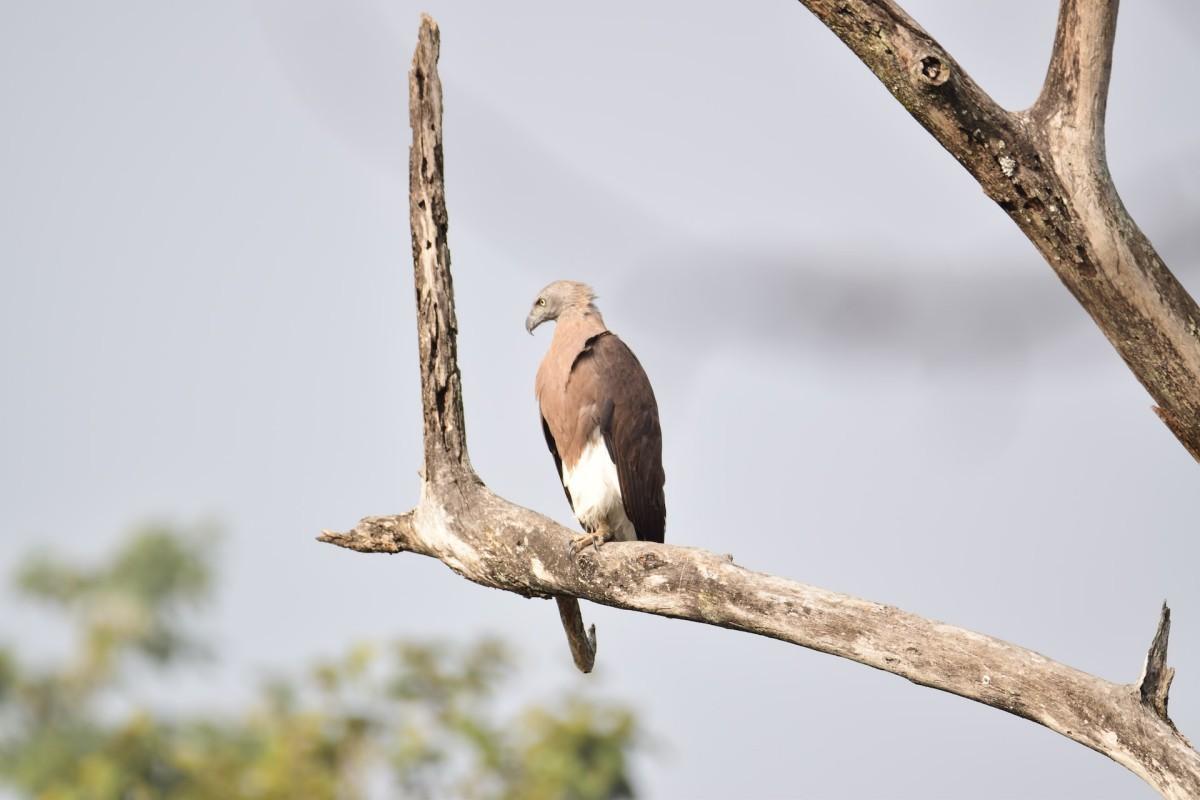
- Name: Gray-headed fish eagle
- Scientific name: Haliaeetus ichthyaetus
- Conservation status:
The gray-headed fish eagle is a species of eagle native to Southeast Asia. It is small to medium-sized and has dark upper parts with white underparts and legs. Often confused with the Pallas’s fish eagle and the lesser fish eagle, it feeds on fish and lives near bodies of water such as irrigation tanks, lakes, and ponds.
This eagle is pretty scarce in Vietnam but can be found in larger numbers around India and Sri Lanka.
24. Indian vulture
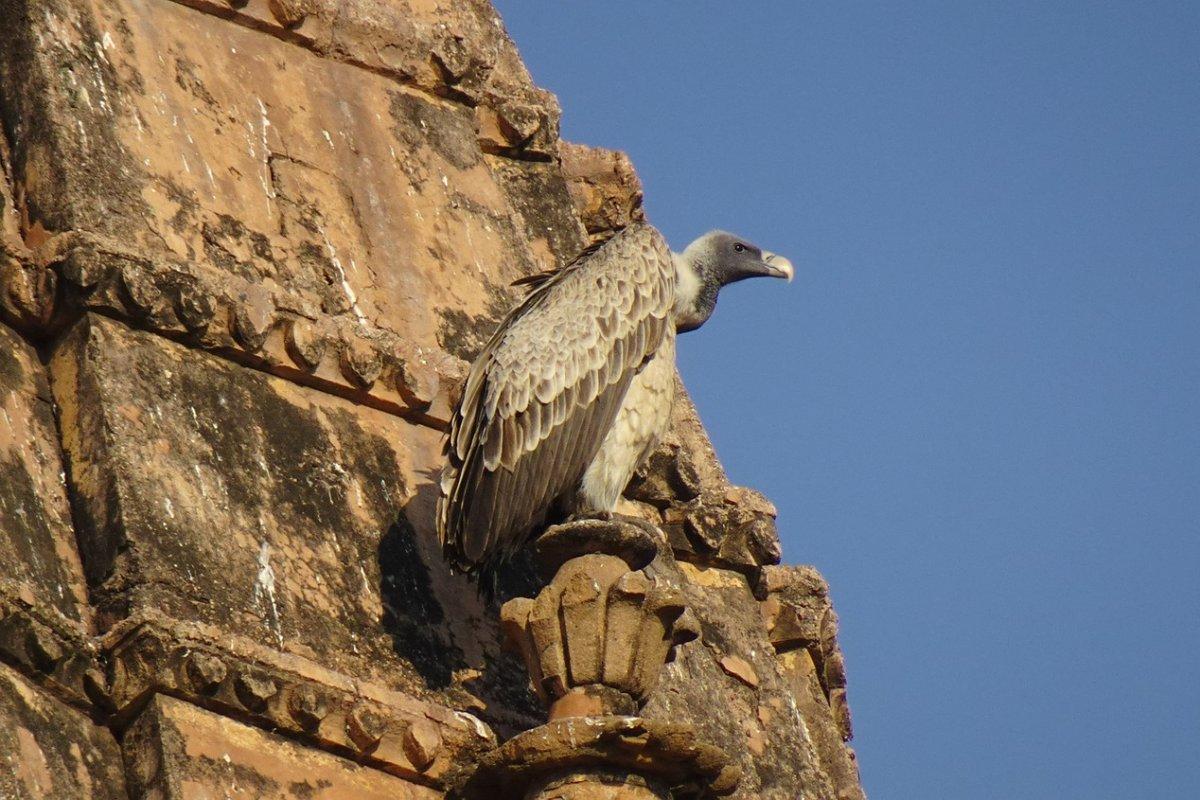
- Name: Indian vulture
- Scientific name: Gyps indicus
- Conservation status:
The Indian vulture is a medium-sized species of Old World vulture native to India, Nepal, and Pakistan. Over the years, it has spread to some nearby countries such as Vietnam, but its population is at an all-time low, mostly due to poisoning.
This vulture is considerably bulky, and it is a scavenger, just like other vultures. Oftentimes, it lives in flocks and finds carcasses by soaring over human habitations and open areas.
—
So there you have them, these were my 24 native Vietnamese animals. I hope you enjoyed this list and that you learned something new today.
In case you want to learn more about Vietnam wildlife, feel free to keep reading, as I still have lots of things to tell you about:
Endangered Animals of Vietnam
This is definitely the saddest part of the list, but it is essential to raise awareness. Because of this, let’s go through the list of endangered animals in Vietnam.
Here are the animals in danger of extinction in Vietnam.
- Indo-chinese warty pig
- Black crested gibbon
- Delacour’s langur
- Javan rhinoceros
- Giant pangasius
- Yangtze giant softshell turtle
- and 72 more…
- White-winged duck
- Helen’s flying tree frog
- Owston’s civet
- Masked finfoot
- Eld’s deer
- and 153 more…
To see the full list of endangered species in Vietnam, head over to the International Union for Conservation of Nature’s Red List.
What is the National Animal of Vietnam?
The national animal of Vietnam is the water buffalo.
Although not as impressive as other Asian countries’ national animals such as the panda or the tiger, the water buffalo has always played a particularly important role in Vietnam’s society, largely helping in rice fields and providing rich milk.
In fact, there are about 130 million water buffaloes in the world, and more people depend on them than on any other domestic animal!
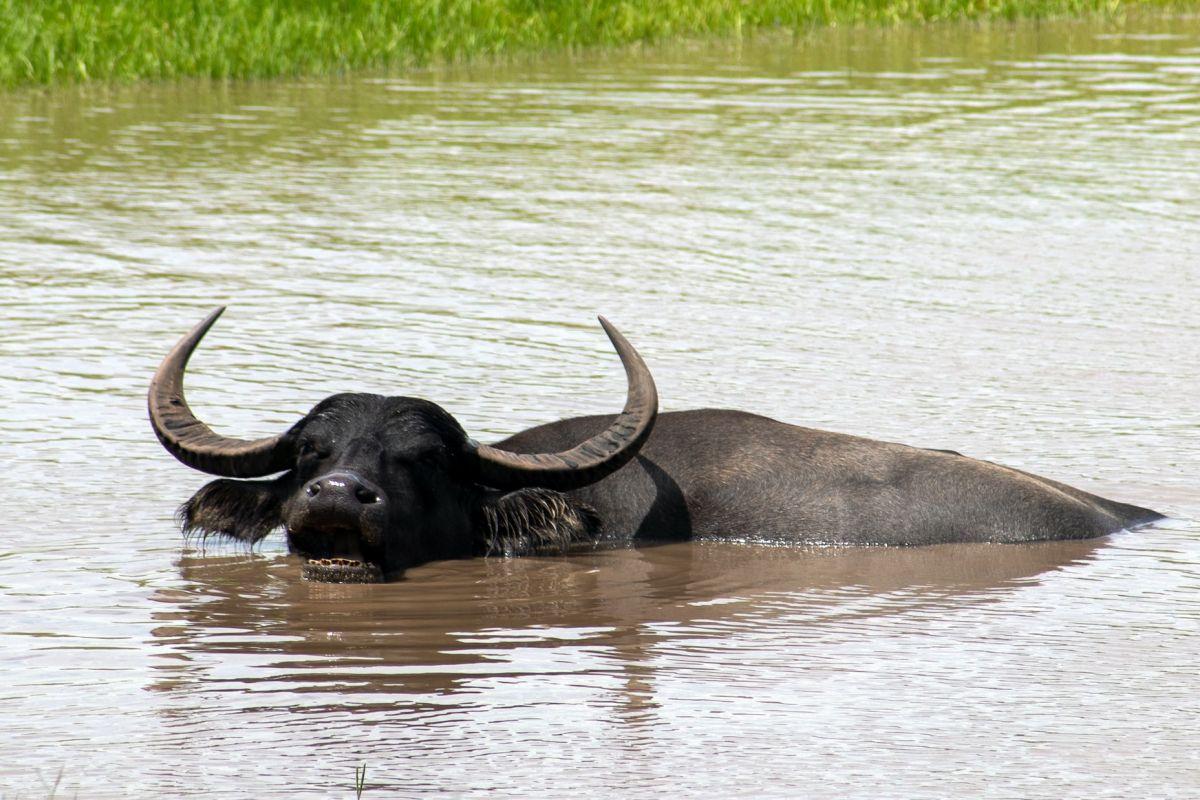
How Many Animals Native to Vietnam?
What is the diversity of native animals in Vietnam?
Let’s look at the total number of species of Chordata (mammals, birds, fishes, and reptiles).
Total number of animal species in Vietnam: 3,966 (15,319 in total in South and Southeast Asia)
More About Animals in the World!
Loved these facts about the animals found in Vietnam? Want to see what animals live in other countries?
Then check out these posts:
Or click here to see ALL the facts up on the blog! Spoiler alert: there’s A LOT of them.
Share the knowledge! Click on the buttons below to share information about these famous native animals of Vietnam with your friends, and help them learn more about the world 🙂
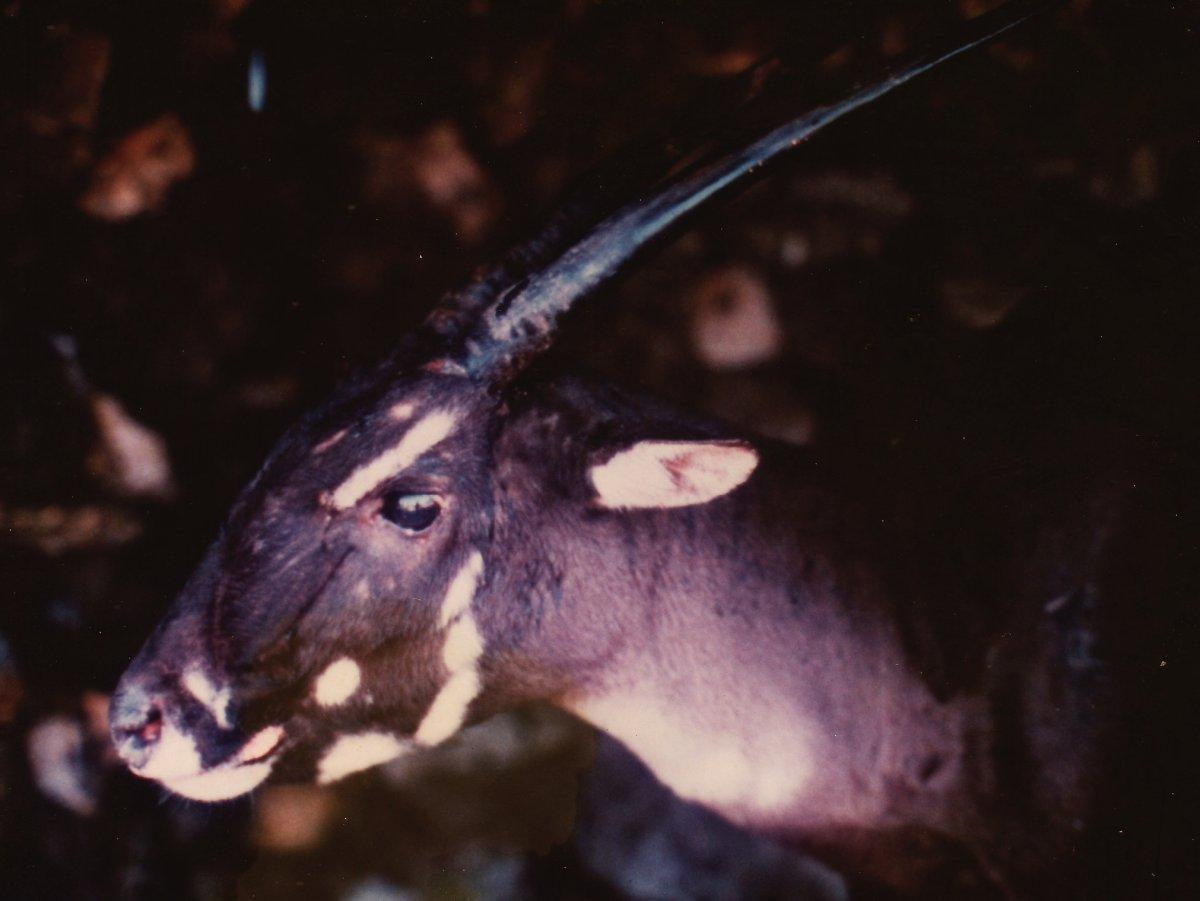
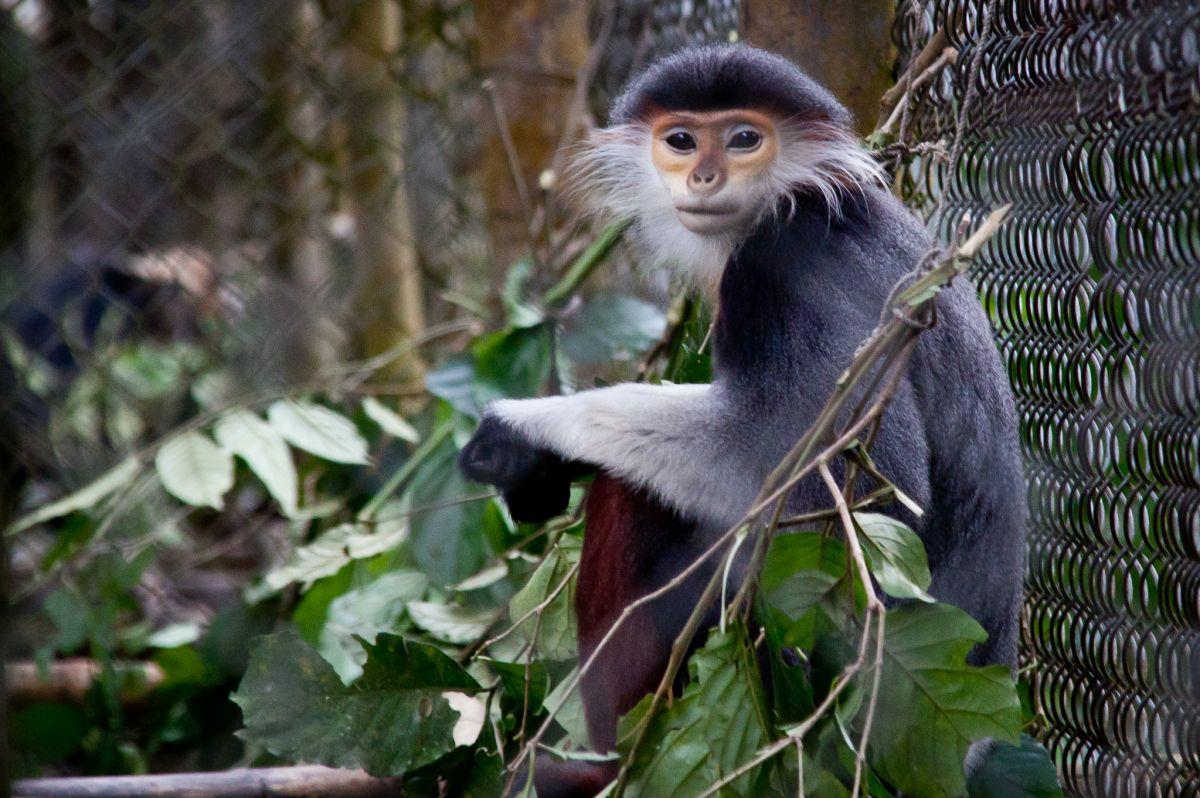
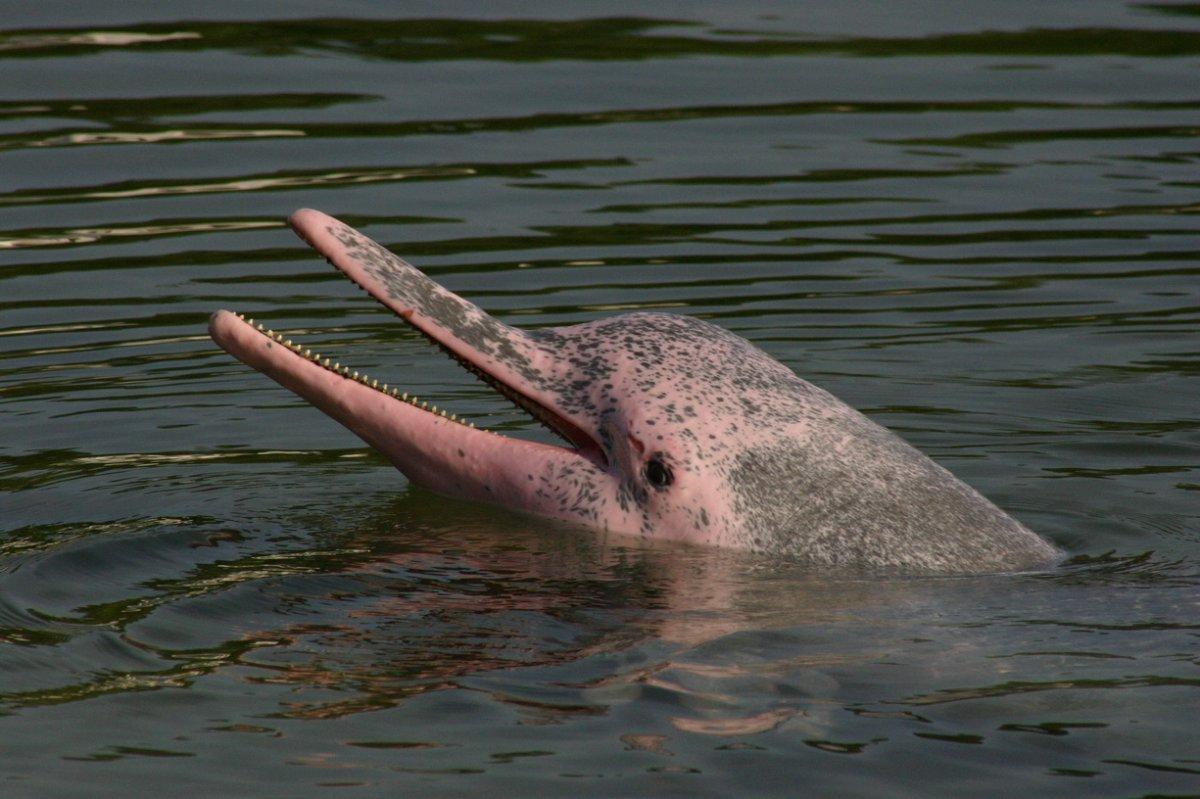
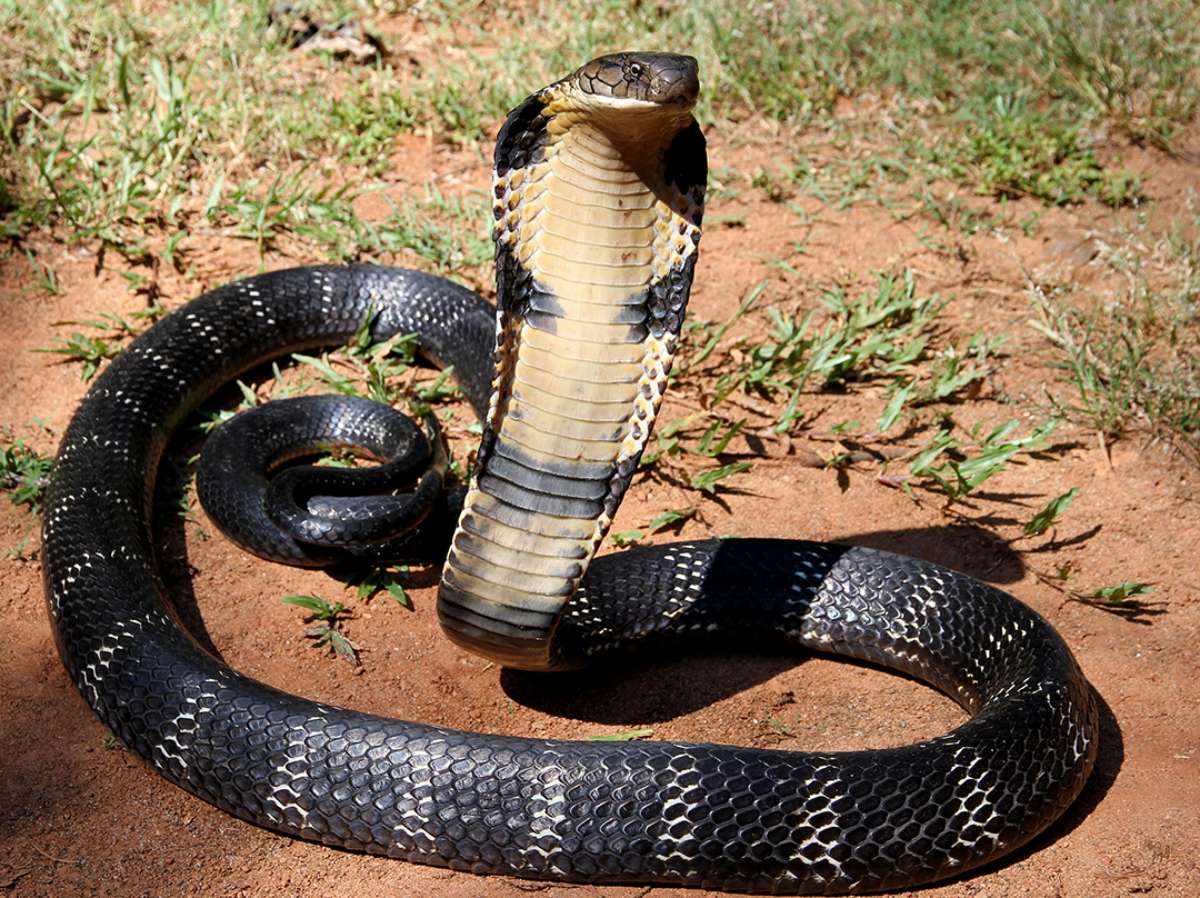
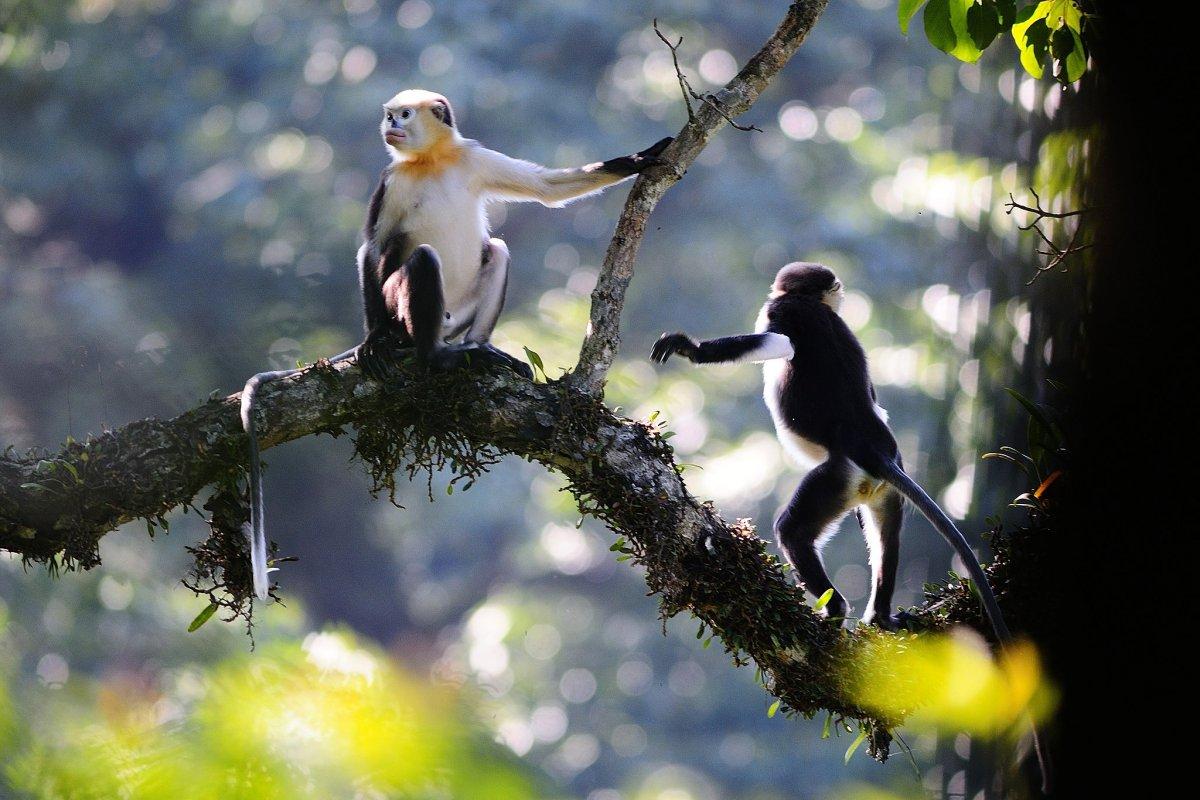
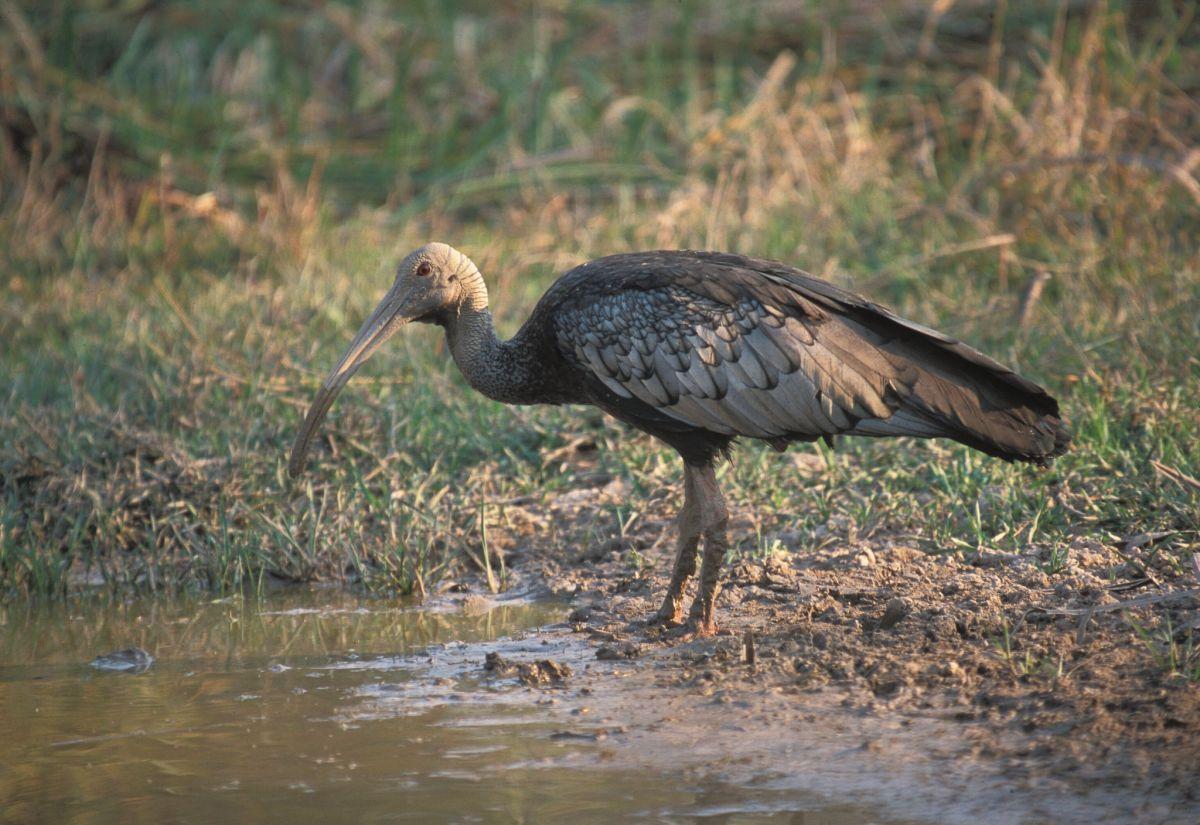

![27 Wild Animals in Uruguay [Wildlife in Uruguay]](https://www.kevmrc.com/wp-content/uploads/2022/08/27-wild-animals-in-uruguay.jpg)
![10 Wild Animals in Nauru [Wildlife in Nauru]](https://www.kevmrc.com/wp-content/uploads/2023/01/10-wild-animals-in-nauru.jpg)
![21 Wild Animals in Tasmania [Wildlife in Tasmania]](https://www.kevmrc.com/wp-content/uploads/2023/01/21-wild-animals-in-tasmania-australia.jpg)